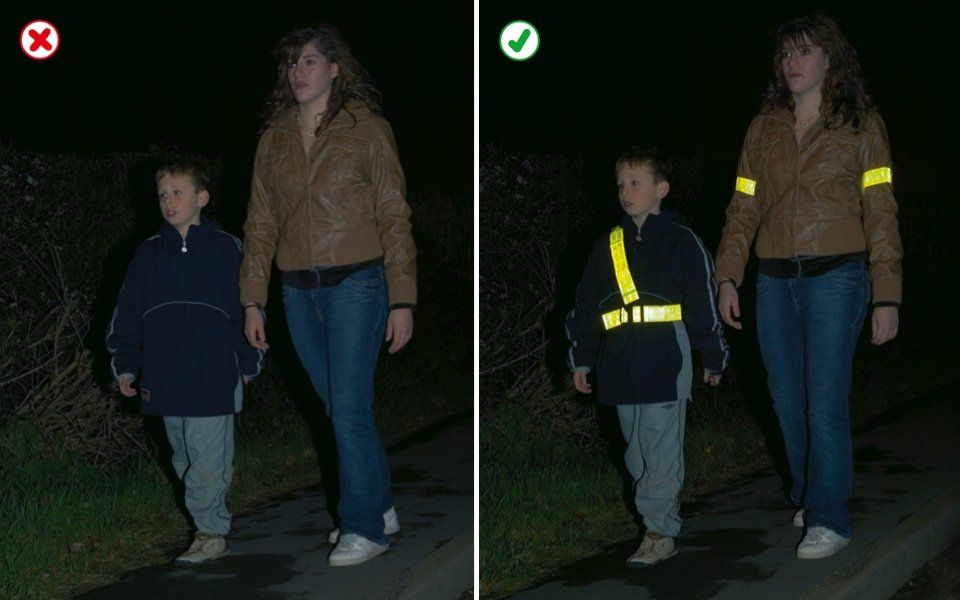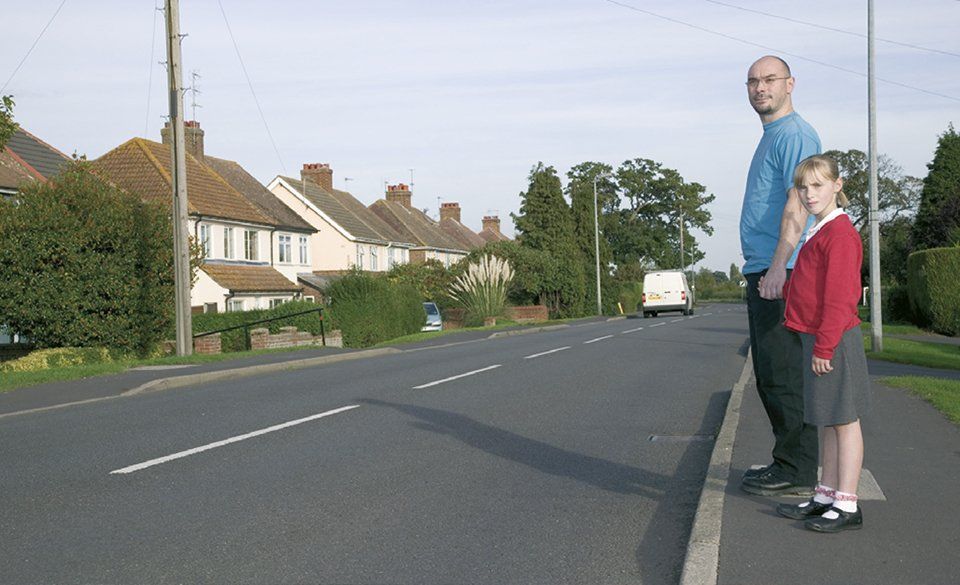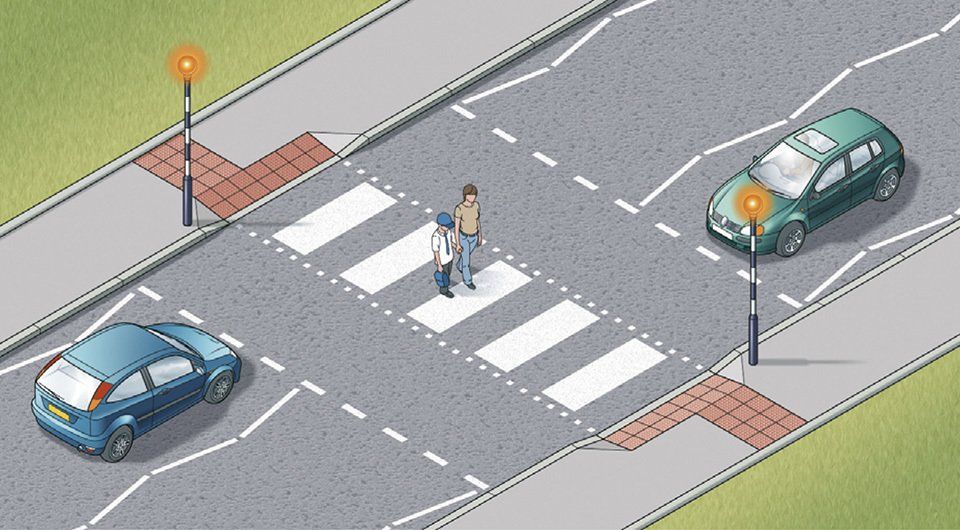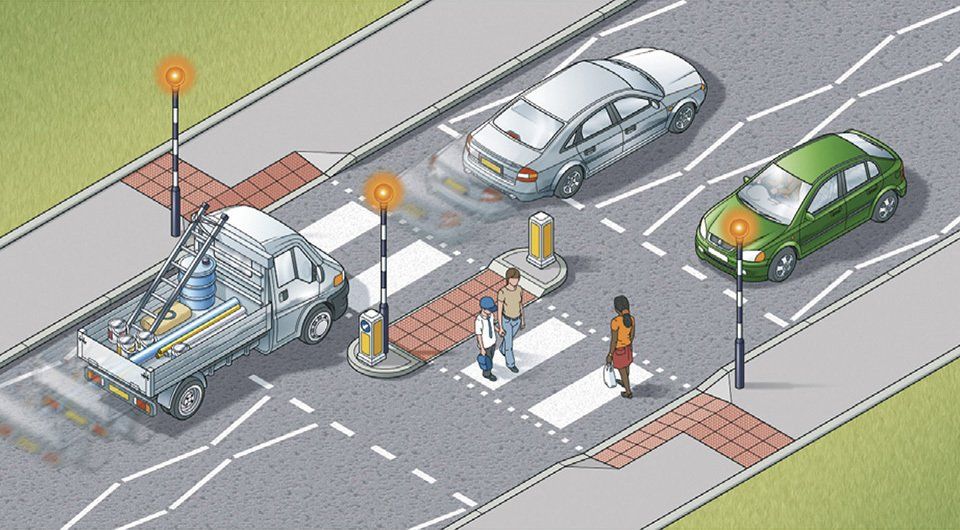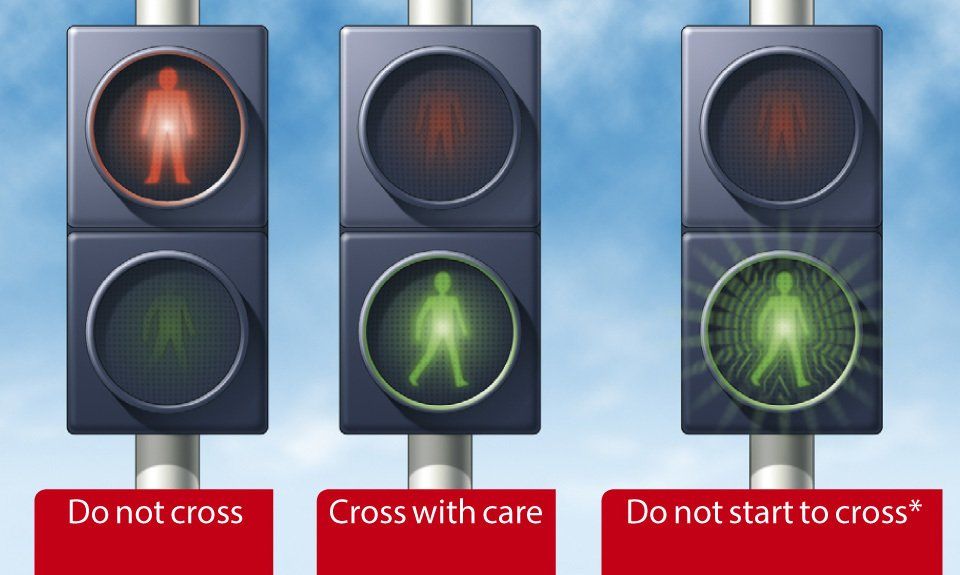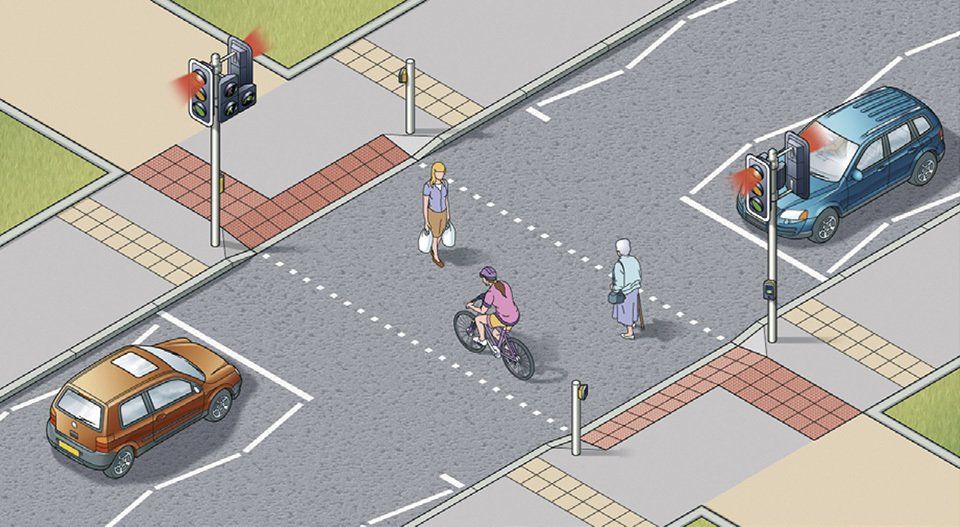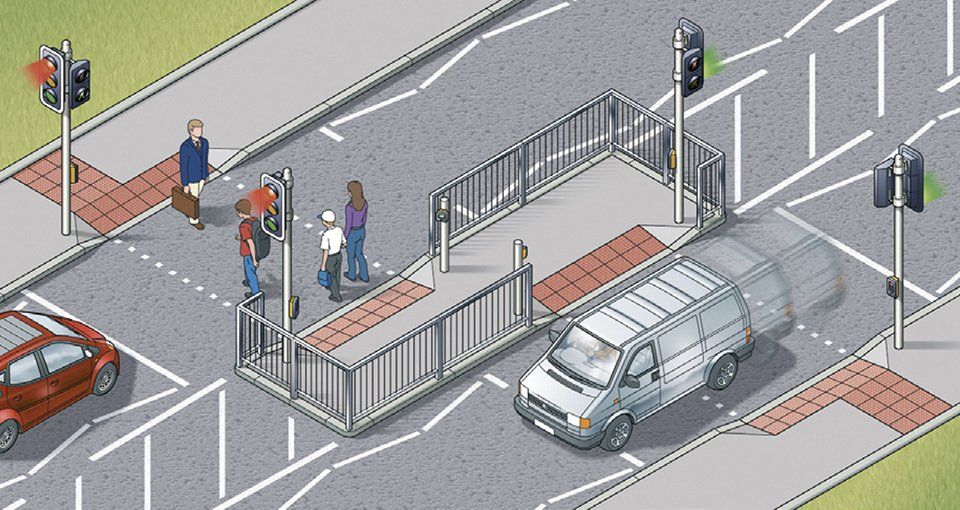Limited lessons available
Thinking of learning to drive? Start with the basics, THEORY!!!
Rules 1-30
Pedestrians rules part 1
Rules for pedestrians, including general guidance, crossing the road, crossings, and situations needing extra care.
The highway code is the rules of the road, and suprisingly some people simply only aim to revise to pass the test, not to learn the actual rules of the road itself. With this in mind and lock down being inplace now, BubbLe driving schoool will be posting a series of blogs over the coming weeks on theory every tuesday and friday for the coming weeks in bite sized sections of the code. These can also be found on the goverment website, click here, free to read in full.
Introduction
This Highway Code applies to England, Scotland and Wales. The Highway Code is essential reading for everyone.
The most vulnerable road users are pedestrians, particularly children, older or disabled people, cyclists, motorcyclists and horse riders. It is important that all road users are aware of the Code and are considerate towards each other. This applies to pedestrians as much as to drivers and riders.
Wording of the highway code
Many of the rules in the Code are legal requirements, and if you disobey these rules you are committing a criminal offence. You may be fined, given penalty points on your licence or be disqualified from driving. In the most serious cases you may be sent to prison. Such rules are identified by the use of the words ‘MUST/MUST NOT’. In addition, the rule includes an abbreviated reference to the legislation which creates the offence. See the end of this blog for all legal refferances post for all the relevant Legislation regarding road offence, this is all fromgov.uk website.
Although failure to comply with the other rules of the Code will not, in itself, cause a person to be prosecuted, The Highway Code may be used in evidence in any court proceedings under the Traffic Acts (see The road user and the law) to establish liability. This includes rules which use advisory wording such as ‘should/should not’ or ‘do/do not’.
Knowing and applying the rules
Knowing and applying the rules contained in The Highway Code could significantly reduce road casualties. Cutting the number of deaths and injuries that occur on our roads every day is a responsibility we all share. The Highway Code can help us discharge that responsibility. Further information on driving/riding techniques can be found in https://www.safedrivingforlife.info/shop/product/official-dvsa-guide-driving-essential-skills-book’
SO lets begin with section one of the highway code. In these next 35 posts we will cover the rules for pedestrians.
Rule 1
Pavements (including any path along the side of a road) should be used if provided. Where possible, avoid being next to the kerb with your back to the traffic. If you have to step into the road, look both ways first. Always show due care and consideration for others.
Rule 2
If there is no pavement, keep to the right-hand side of the road so that you can see oncoming traffic. You should take extra care and
- be prepared to walk in single file, especially on narrow roads or in poor light
- keep close to the side of the road.
It may be safer to cross the road well before a sharp right-hand bend so that oncoming traffic has a better chance of seeing you. Cross back after the bend.
Rule 3
Help other road users to see you. Wear or carry something light-coloured, bright or fluorescent in poor daylight conditions. When it is dark, use reflective materials (eg armbands, sashes, waistcoats, jackets, footwear), which can be seen by drivers using headlights up to three times as far away as non-reflective materials.
Young children should not be out alone on the pavement or road (see Rule 7). When taking children out, keep between them and the traffic and hold their hands firmly. Strap very young children into push-chairs or use reins. When pushing a young child in a buggy, do not push the buggy into the road when checking to see if it is clear to cross, particularly from between parked vehicles.
Rule 5
Organised walks. Large groups of people walking together should use a pavement if available; if one is not, they should keep to the left. Look-outs should be positioned at the front and back of the group, and they should wear fluorescent clothes in daylight and reflective clothes in the dark. At night, the look-out in front should show a white light and the one at the back a red light. People on the outside of large groups should also carry lights and wear reflective clothing.
Rule 6
Motorways. Pedestrians MUST NOT be on motorways or slip roads except in an emergency (see Rule 271 and Rule 275).
Crossing the road, Rules 7-17
Rule 7
The Green Cross Code. The advice given below on crossing the road is for all pedestrians. Children should be taught the Code and should not be allowed out alone until they can understand and use it properly. The age when they can do this is different for each child. Many children cannot judge how fast vehicles are going or how far away they are. Children learn by example, so parents and carers should always use the Code in full when out with their children. They are responsible for deciding at what age children can use it safely by themselves.
A First find a safe place to cross and where there is space to reach the pavement on the other side. Where there is a crossing nearby, use it. It is safer to cross using a subway, a footbridge, an island, a zebra, pelican, toucan or puffin crossing, or where there is a crossing point controlled by a police officer, a school crossing patrol or a traffic warden. Otherwise choose a place where you can see clearly in all directions. Try to avoid crossing between parked cars (see Rule 14), on a blind bend, or close to the brow of a hill. Move to a space where drivers and riders can see you clearly. Do not cross the road diagonally.
B Stop just before you get to the kerb, where you can see if anything is coming. Do not get too close to the traffic. If there’s no pavement, keep back from the edge of the road but make sure you can still see approaching traffic.
C Look all around for traffic and listen. Traffic could come from any direction. Listen as well, because you can sometimes hear traffic before you see it.
D If traffic is coming, let it pass. Look all around again and listen. Do not cross until there is a safe gap in the traffic and you are certain that there is plenty of time. Remember, even if traffic is a long way off, it may be approaching very quickly.
E When it is safe, go straight across the road – do not run. Keep looking and listening for traffic while you cross, in case there is any traffic you did not see, or in case other traffic appears suddenly. Look out for cyclists and motorcyclists travelling between lanes of traffic. Do not walk diagonally across the road.
Rule 8
At a junction. When crossing the road, look out for traffic turning into the road, especially from behind you. If you have started crossing and traffic wants to turn into the road, you have priority and they should give way (see Rule 170).
Rule 9
Pedestrian Safety Barriers. Where there are barriers, cross the road only at the gaps provided for pedestrians. Do not climb over the barriers or walk between them and the road.
Rule 10
Tactile paving. Raised surfaces that can be felt underfoot provide warning and guidance to blind or partially sighted people. The most common surfaces are a series of raised studs, which are used at crossing points with a dropped kerb, or a series of rounded raised bars which are used at level crossings, at the top and bottom of steps and at some other hazards.
Rule 11
One-way streets. Check which way the traffic is moving. Do not cross until it is safe to do so without stopping. Bus and cycle lanes may operate in the opposite direction to the rest of the traffic.
Rule 12
Bus and cycle lanes. Take care when crossing these lanes as traffic may be moving faster than in the other lanes, or against the flow of traffic.
Rule 13
Routes shared with cyclists. Some cycle tracks run alongside footpaths or pavements, using a segregating feature to separate cyclists from people on foot. Segregated routes may also incorporate short lengths of tactile paving to help visually impaired people stay on the correct side. On the pedestrian side this will comprise a series of flat-topped bars running across the direction of travel (ladder pattern). On the cyclist side the same bars are orientated in the direction of travel (tramline pattern). Not all routes which are shared with cyclists are segregated. Take extra care where this is so (see Rule 62).
Rule 14
Parked vehicles. If you have to cross between parked vehicles, use the outside edges of the vehicles as if they were the kerb. Stop there and make sure you can see all around and that the traffic can see you. Make sure there is a gap between any parked vehicles on the other side, so you can reach the pavement. Never cross the road in front of, or behind, any vehicle with its engine running, especially a large vehicle, as the driver may not be able to see you.
Rule 15
Reversing vehicles. Never cross behind a vehicle which is reversing, showing white reversing lights or sounding a warning.
Rule 16
Moving vehicles. You MUST NOT get onto or hold onto a moving vehicle.
Law RTA 1988 sect 26
Rule 17
At night. Wear something reflective to make it easier for others to see you (see Rule 3). If there is no pedestrian crossing nearby, cross the road near a street light so that traffic can see you more easily.
Rules for crossings 8-30
Rule 18
At all crossings. When using any type of crossing you should
- always check that the traffic has stopped before you start to cross or push a pram onto a crossing
- always cross between the studs or over the zebra markings. Do not cross at the side of the crossing or on the zig-zag lines, as it can be dangerous.
Laws ZPPPCRGD reg 19 & RTRA sect 25(5)
Rule 19
Zebra crossings. Give traffic plenty of time to see you and to stop before you start to cross. Vehicles will need more time when the road is slippery. Wait until traffic has stopped from both directions or the road is clear before crossing. Remember that traffic does not have to stop until someone has moved onto the crossing. Keep looking both ways, and listening, in case a driver or rider has not seen you and attempts to overtake a vehicle that has stopped.
Rule 20
Where there is an island in the middle of a zebra crossing, wait on the island and follow Rule 19 before you cross the second half of the road - it is a separate crossing.
Rule 21
At traffic lights. There may be special signals for pedestrians. You should only start to cross the road when the green figure shows. If you have started to cross the road and the green figure goes out, you should still have time to reach the other side, but do not delay. If no pedestrian signals have been provided, watch carefully and do not cross until the traffic lights are red and the traffic has stopped. Keep looking and check for traffic that may be turning the corner. Remember that traffic lights may let traffic move in some lanes while traffic in other lanes has stopped.
Rule 22
Pelican crossings. These are signal-controlled crossings operated by pedestrians. Push the control button to activate the traffic signals. When the red figure shows, do not cross. When a steady green figure shows, check the traffic has stopped then cross with care. When the green figure begins to flash you should not start to cross. If you have already started you should have time to finish crossing safely.
Rule 23
Puffin crossings differ from pelican crossings as the red and green figures are above the control box on your side of the road and there is no flashing green figure phase. Press the button and wait for the green figure to show.
Rule 24
When the road is congested, traffic on your side of the road may be forced to stop even though their lights are green. Traffic may still be moving on the other side of the road, so press the button and wait for the signal to cross.
Rule 25
Toucan crossings are light-controlled crossings which allow cyclists and pedestrians to share crossing space and cross at the same time. They are push-button operated. Pedestrians and cyclists will see the green signal together. Cyclists are permitted to ride across.
Rule 26
At some crossings there is a bleeping sound or voice signal to indicate to blind or partially sighted people when the steady green figure is showing, and there may be a tactile signal to help deafblind people.
Rule 27
Equestrian crossings are for horse riders. They have pavement barriers, wider crossing spaces, horse and rider figures in the light panels and either two sets of controls (one higher), or just one higher control panel.
Rule 28
Staggered’ pelican or puffin crossings. When the crossings on each side of the central refuge are not in line they are two separate crossings. On reaching the central island, press the button again and wait for a steady green figure.
Rule 29
Crossings controlled by an authorised person. Do not cross the road unless you are signalled to do so by a police officer, traffic warden or school crossing patrol. Always cross in front of them.
Rule 30
Where there are no controlled crossing points available it is advisable to cross where there is an island in the middle of the road. Use the Green Cross Code (see Rule 7) to cross to the island and then stop and use it again to cross the second half of the road.
And thats it for todays post on Pedestrians rules from the highway code, come back friday for part two. All rules images are found on Goverment Website. BubbLe Driving School and all other bsuiness have the legal right to republish content, images, links from the UK government website under the Open Goverment Licence.
Road Traffic law
The following list can be found abbreviated throughout the Code. It is not intended to be a comprehensive guide, but a guide to some of the important points of law. For the precise wording of the law, please refer to the various Acts and Regulations (as amended) indicated in the Code. Abbreviations are listed below.
Most of the provisions apply on all roads throughout Great Britain, although there are some exceptions. The definition of a road in England and Wales is ‘any highway and any other road to which the public has access and includes bridges over which a road passes’ (RTA 1988 sect 192(1)). In Scotland, there is a similar definition which is extended to include any way over which the public have a right of passage (R(S)A 1984 sect 151(1)).
It is important to note that references to ‘road’ therefore generally include footpaths, bridleways and cycle tracks, and many roadways and driveways on private land (including many car parks). In most cases, the law will apply to them and there may be additional rules for particular paths or ways. Some serious driving offences, including drink-driving offences, also apply to all public places, for example public car parks.
Acts and regulations prior to 1988
Chronically Sick & Disabled Persons Act 1970 CSDPA
Functions of Traffic Wardens Order 1970 FTWO
Greater London (General Powers) Act 1974 GL(GP)A
Highway Act 1835 or 1980 (as indicated) HA
Motorways Traffic (England & Wales) Regulations 1982 MT(E&W)R
Pedal Cycles (Construction & Use) Regulations 1983 PCUR
Public Passenger Vehicles Act 1981 PPVA
Road Traffic Act 1984 RTA
Road Traffic Regulation Act 1984 RTRA
Road Vehicles (Construction & Use) Regulations 1986 CUR
Roads (Scotland) Act 1984 R(S)A
Acts and regulations post 1988
Environmental Protection Act 1990 EPA
Horses (Protective Headgear for Young Riders) Act 1990 H(PHYR)A
Horses (Protective Headgear for Young Riders) Regulations 1992 H(PHYR)R
Motor Cycles (Eye Protectors) Regulations 1999 MC(EP)R
Motor Cycles (Protective Helmets) Regulations 1998 MC(PH)R
Motorways Traffic (England & Wales) (Amendment) Regulations 2004 MT(E&W)(A)R
Motorways Traffic (Scotland) Regulations 1995 MT(S)R
Motorways Traffic (Scotland) (Amendment) Regulations 2004 MT(S)(A)R
Motor Vehicles (Driving Licences) Regulations 1999 MV(DL)R
Motor Vehicles (Variation of Speed Limits) (England & Wales) Regulations 2014 MV(VSL)(E&W)
Motor Vehicles (Wearing of Seat Belts) Regulations 1993 MV(WSB)R
Motor Vehicles (Wearing of Seat Belts) (Amendment) Regulations 2006 MV(WSB)(A)R
Motor Vehicles (Wearing of Seat Belts by Children in Front Seats) Regulations 1993 MV(WSBCFS)R
New Roads and Streetworks Act 1991 NRSWA
Pedal Cycles (Construction & Use) Regulations 1983 PCUR
Powers of Criminal Courts (Sentencing) Act 2000 PCC(S)A
Police Reform Act 2002 PRA
Prohibition of Smoking in Certain Premises (Scotland) Regulations 2006. Scottish SI 2006/No 90 TPSCP(S)R*
Road Safety Act 2006 RSA
Road Traffic Act 1984, 1988 or 1991 as indicated RTA
Road Traffic Act 1988 (Prescribed Limit)(Scotland) Regulations 2014 PLSR
Road Traffic (New Drivers) Act 1995 RT(ND)A
Road Traffic Offenders Act 1988 RTOA
Road Vehicles (Display of Registration Marks) Regulations 2001 RV(DRM)R
Road Vehicles Lighting Regulations 1989 RVLR
Road Vehicles (Registration & Licensing) Regulations 2002 RV(R&L)R
Smoke-free (Exemptions and Vehicles) Regulations 2007 SI 2007/765 TSf(EV)*
Smoke-free Premises etc (Wales) Regulations 2007 SI 2007/W787 TSfP(W)R*
Smoke-free (Private Vehicles) Regulations 2015 S-f(PV)R
Smoke-free Premises etc (Wales) (Amendment) Regulations 2015 S-f(W)R
Smoking Prohibition (Children in Motor Vehicles) (Scotland) Act 2016 SP(CIMV)(S)A
Traffic Management Act 2004 TMA
Traffic Signs Regulations & General Directions 2002 TSRGD
Use of Invalid Carriages on Highways Regulations 1988 UICHR
Vehicle Excise and Registration Act 1994 VERA
Zebra, Pelican and Puffin Pedestrian Crossings Regulations and General Directions 1997 ZPPPCRGD
*Specific legislation applies to smoking in vehicles which constitute workplaces.




